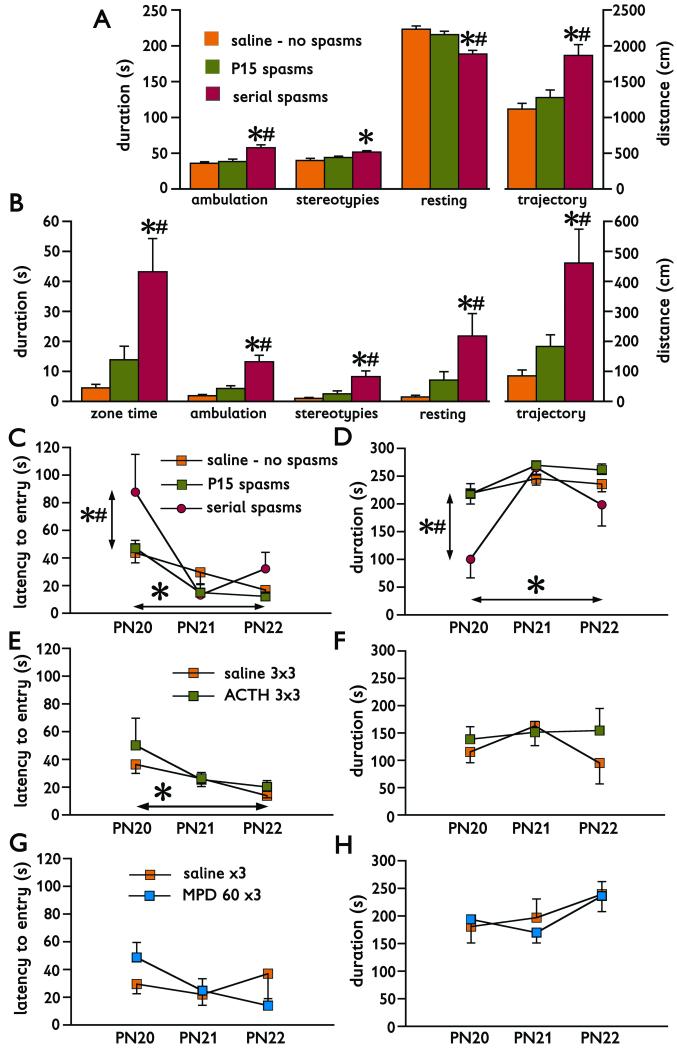Figure 5. Behavioral changes after spasms.
(A) Changes in behavior recorded on P20 in the open field in controls without spasms (n=11), after single bout of spasms on P15 (n=11) and after serial spasms on P12, P13, and P15 (n=6). In all measured behaviors, the group experiencing serial spasms was significantly different from controls (*p<0.05) and P15 spasms (#p<0.05), except for the duration of stereotypies, in which case difference was found only between controls and rats after serial spasms (always ANOVA with post-hoc Fisher PLSD test). Increased ambulation time, decreased resting time and longer trajectory traveled indicate an increased behavioral/exploratory activity in the rats after serial spasms.
(B) Behaviors recorded in the central zone of the open field. Because the rats tend to stay close to safer walls (thigmotaxis), increased time spent and activity in the central area indicate decrease in anxiety. In these behaviors, rats experiencing serial spasms always significantly differed from controls without spasms (*p<0.05) and rats with a single bout of spasms on P15 (#p<0.05; ANOVA with post-hoc Fisher PLSD test).
(C) Latency to entry of the closed arm of the elevated plus maze. Three consecutive sessions were performed on P20, P21, and P22. Rats experiencing serial spasms differed from both controls without spasms (*p<0.05) and rats experiencing spasms only on P15 (#p<0.05; ANOVA with post hoc Fisher PLSD test; vertical difference). There was also an effect of repeated elevated plus maze sessions on the performance: with repeated sessions the latency shortened indicating learning in the aversive environment (light sources were pointed to the open arms; *p<0.05; horizontal difference). This effect was seen in controls and rats with P15 spasms.
(D) Similarly, total time spent in the closed arm was shorter in the rats experiencing serial spasms compared to both controls with no spasms (*p<0.05) and the rats with spasms on P15 (#p<0.05). Findings in the rats experiencing serial spasms shown in (C) and (D) indicate decreased anxiety. The time spent inside the open arm is also a function of the repeated session, though inverse to the latency to entry.
(E) Pretreatment of rats with ACTH (3 days, 3 doses of 0.3 mg/kg per day) did not alter behavioral outcome in the elevated plus maze after a single bout of spasms induced on P15 (n=10) if compared to vehicle-injected controls with spasms (n=9). The effect of repeated sessions (learning) has been preserved (*p<0.05; horizontal difference).
(F) There was no effect of long-term ACTH pretreatment for a single bout of spasms induced on P15 on the time spent in the closed arm of the elevated plus maze.
(G) Long-term treatment with methylprednisolone (n=3; 60 mg/kg dose on P13, P14, and P15) did not alter latency to entry of the closed arm of the elevated plus maze after spasms compared to vehicle treated controls with spasms (n=4).
(H) Similarly, there was no effect of long-term methylprensiolone treatment on the time spent in the closed arm of the elevated plus maze.
Lack of difference after treatments with ACTH or methylprednisolone and controls in (E) through (H) can be attributed to a minimal difference in behaviors between controls without spasms and rats experiencing a single bout of spasms on P15 illustrated in (A) through (D). Thus, there was no room for improvement of behaviors after treatment.

